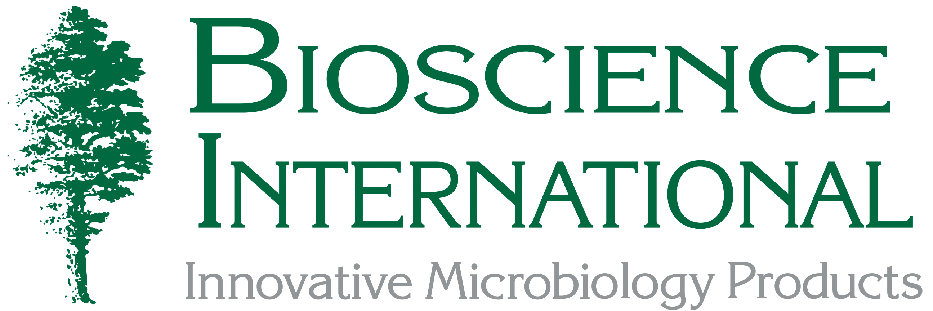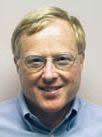Sampling Critical Environments
By Andrew Streifel, Hospital Environmental Specialist, University of Minnesota
From Bioscience World, Summer 2009
CERTAIN HOSPITAL ROOMS provide a safe air quality environment for patients with suppressed immune systems. Air sampling for fungi is part of a process to validate the cleanliness of certain patient care areas.
The critical environments, such as
a Bone Marrow Transplant Room or
Surgery Suite, should provide a safe
environment with minimal presence
of airborne microbes.
While there isn’t a standard relating
to hospital air quality, there are
ISO Standards that can serve as a guideline. Once the hospital is occupied,
the maintenance of low levels of
air quality becomes a challenge without
focused control measures. (For information on acquiring the ISO
Standards, contact Bioscience International.)
We need to assure an environment free of environmental infectious agents, such as, Aspergillus species and other fungal organisms capable of causing Aspergillosis, Aspergillus fumigatus, A. flavus, A. niger, A. nidulans and other opportunistic fungal species.
We look for these fungi using selective media and an air sampler. The SAS Air Sampler is used to compare outside with inside microbial air quality. The tendency is to sample for fungal spores. The culture method is preferred because visual identification of fungal spores is indistinguishable when they are small and round. The size at 2-4 microns looks like a variety of species, which range from Gleocladium, Penicillium to Aspergillus species.
The use of the air and surface sample capability will provide assurance of air and surface microbial sanitation. Often microbes found on surfaces end up in air samples. Interpretation guidelines for such evaluations need to be established before sampling begins. Opening of bone marrow units have been delayed because of environmental contamination found on the floors and in the air.
After the cleanest samples are taken, move to similar area (with HEPA if bone marrow transplant), lobby area and outside for those comparisons.
Typical data in Minneapolis MN in summer can be seen in the chart below.
Outside data varies greatly depending on area climate (desert, agriculture, urban or forest), so results require a ranking of the samples demonstrating the cleanest area where the controls area greatest have the lowest counts. This would rank the BMT unit as best air quality with the lobby being the least controlled. The data below would be typical of an unoccupied area while the Nurse area would be high because it is occupied with minimal control. (An expanded version of this article may be requested from Bioscience International).
| HOSPITAL LOCATION | CFU/M3 | PARTICLES/ |
PRESSURE | COMMENT |
| Outside | 1289 | 234000 | Na | Cloudy/ warm |
| BMTRm1HEPA | 2 | 260 | .032 | Airflowout |
| BMTRm2HEPA | 4 | 420 | .021 | Airflowout |
| BMTnurse/ suiteHEPA |
14 | 1280 | .01 | Airflowout |
| Nurse area medicine | 21 | 2100 | na | na |
| MedRm1 | 19 | 2300 | na | na |
| Lobby | 54 | 3400 | na | na |
- Colony forming units per cubic meter
- Particles per cubic foot at >0.5 micron diameter
- Pressure in inches water column
![]()
Andrew J. Streifel, MPH, |
For thirty years, Mr. Streifel, Hospital
Environmentalist at the University of Minnesota Department of Environmental
Health and Safety, has published and lectured extensively and served over 200 hospitals worldwide on air quality and patient care environments for solid organ and bone marrow transplant areas. Appointed to the Revision Task Force American Institute of Architects Guidelines for Construction of Hospitals, he assists industry leaders in design of critical care environments. |
![]()
For More Information Contact:
Bioscience International
11333 Woodglen Drive
Rockville MD 20852
Tel: 301-231-7400
FAX: 301-231-7277
Internet: BioInfo@Biosci-Intl.com

